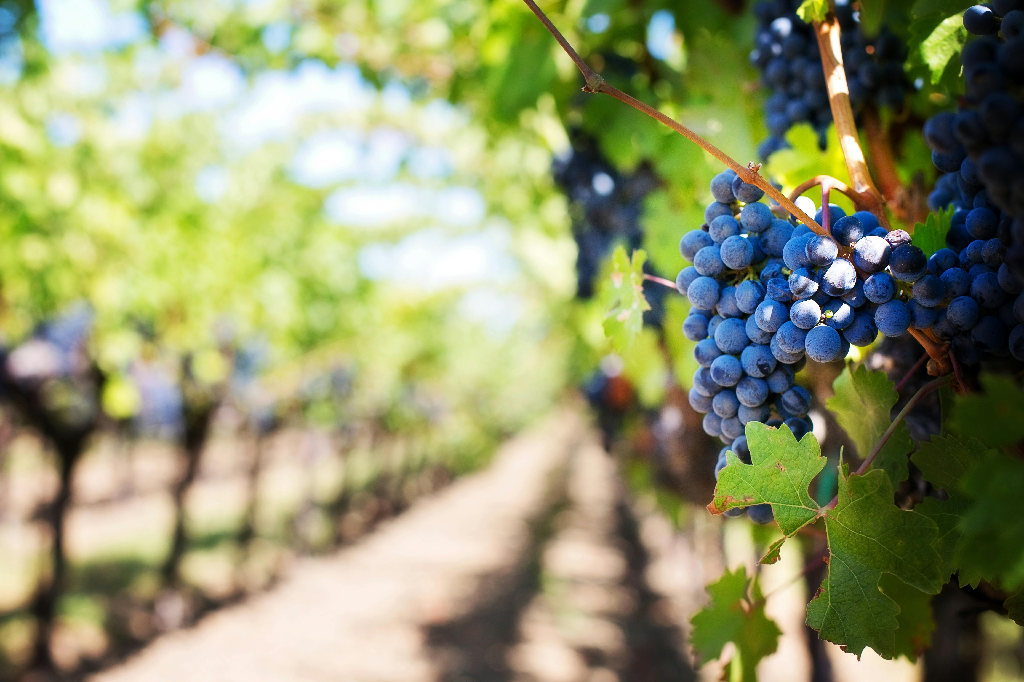Starting a winery is one thing. Getting bottles onto retail shelves and actually building a sustainable business is something else entirely. The gap between making good wine and running a successful wine business trips up plenty of passionate winemakers who know their craft inside and out but haven’t quite figured out the commercial side.
The wineries that make it past those first few challenging years tend to share some common approaches. They’re not doing anything revolutionary, but they’re consistently making smart decisions about how they present their product, who they partner with, and how they allocate their limited resources. Here’s what separates the wineries that grow from the ones that stay stuck at the local farmers market level.
The Presentation Problem Most New Wineries Underestimate
Walk into any wine shop and the first thing that hits you is visual overload. Hundreds of bottles competing for attention, and customers making decisions in seconds based almost entirely on what catches their eye. New wineries often put all their energy into perfecting what’s inside the bottle and treat the outside as an afterthought. That’s a mistake that’s hard to recover from once you’re trying to compete for shelf space.
The successful ones figure out early that every element of how the bottle looks matters. The glass itself, the closure, and especially the label all send signals about quality and price point before anyone reads a single word. A beautifully crafted wine in a generic bottle with a basic label gets passed over for something that looks more put-together, even if the wine inside is technically superior.
This is where working with a professional wine label printer becomes one of those decisions that pays off repeatedly. The difference between a label that looks homemade and one that looks professionally produced changes how buyers perceive the entire brand. It’s not about being fancy for the sake of it—it’s about meeting the baseline expectations that retail customers have when they’re deciding whether to take a chance on an unfamiliar winery.
Building the Right Vendor Relationships
Growing wineries quickly learn they can’t do everything in-house. The ones that scale successfully get strategic about what they handle themselves and what they outsource to specialists. Trying to print your own labels in the back room or hand-apply everything might work for the first few dozen cases, but it becomes a bottleneck fast.
The best vendor relationships aren’t just transactional. Wineries that treat their suppliers as partners rather than just order-takers end up with better results and fewer headaches. A good printing partner understands the regulatory requirements for wine labels, can handle rush orders during bottling season, and knows how to troubleshoot when something goes wrong with a file or a material choice.
These partnerships also provide flexibility as the business grows. Starting with smaller print runs and having the option to scale up without changing vendors entirely makes the growth process smoother. The last thing a winery needs when they land a big distribution deal is to realize their current label supplier can’t handle the volume.
The Consistency Challenge
Here’s something that doesn’t get talked about enough: consistency is harder to achieve than most people realize. Making one amazing batch of wine is impressive. Making that same quality wine batch after batch, year after year, while also ensuring every bottle looks identical on the shelf—that’s what separates professional operations from hobbyists.
This consistency extends beyond just the liquid. Retail buyers and distributors want to know that when they order from a winery, they’re getting the same product quality and the same presentation every single time. One batch with slightly different labels or bottles that don’t match the previous order creates confusion on shelves and makes the brand look disorganized.
Wineries that nail this tend to have documented processes for everything and strong quality control checkpoints. They’re checking label alignment, color consistency, and overall appearance before cases leave the facility. It sounds tedious, but it’s what keeps customers coming back and what convinces retailers to keep stocking the product.
Getting the Timing Right
Timing plays a bigger role in winery success than most people expect. Knowing when to invest in better packaging, when to expand distribution, and when to say no to opportunities that aren’t quite right separates the wineries that grow sustainably from the ones that overextend and struggle.
Many successful wineries invest in professional-quality packaging earlier than seems comfortable. It feels expensive when you’re still small, but showing up to meetings with distributors or retail buyers with a product that looks retail-ready opens doors that stay closed to wineries with amateur-looking bottles. First impressions matter enormously in this business.
The same goes for production capacity. Wineries that grow well usually have their production and packaging systems ready to handle more volume before they actually need it. Scrambling to fulfill a large order because a buyer said yes but the systems aren’t in place yet is a fast way to damage a new relationship.
What Retail Buyers Actually Want
Understanding what retail buyers are looking for changes the game. They’re not just buying wine—they’re buying products they believe will sell quickly and create minimal problems. That means they want consistent quality, reliable availability, attractive packaging that fits their store’s image, and wineries that are professional to work with.
Buyers also want products that tell a clear story. Who made this wine? What makes it special? Why should a customer choose it over the twenty other options at the same price point? The wineries that can answer these questions clearly through their branding and packaging have a much easier time getting placement.
The packaging conversation comes up in almost every buyer meeting. Retail buyers know that attractive, well-executed labels drive sales. They’ve seen it happen over and over—two similar wines at similar price points, and the one with better presentation outsells the other consistently. They’re going to stock the wine that makes their job easier.
The Long Game
Building a successful winery isn’t about overnight success or viral moments. It’s about making good decisions consistently over time, treating every bottle that leaves the facility as a representation of the brand, and understanding that everything—from the wine quality to the label appearance to how orders are fulfilled—contributes to the overall reputation.
The wineries that make it from first batch to retail success aren’t necessarily the ones with the biggest budgets or the most connections. They’re the ones that respect every aspect of the business, invest strategically in the elements that matter most to customers, and build systems that can scale as opportunities arise. Getting those fundamentals right early makes everything else easier down the line.




